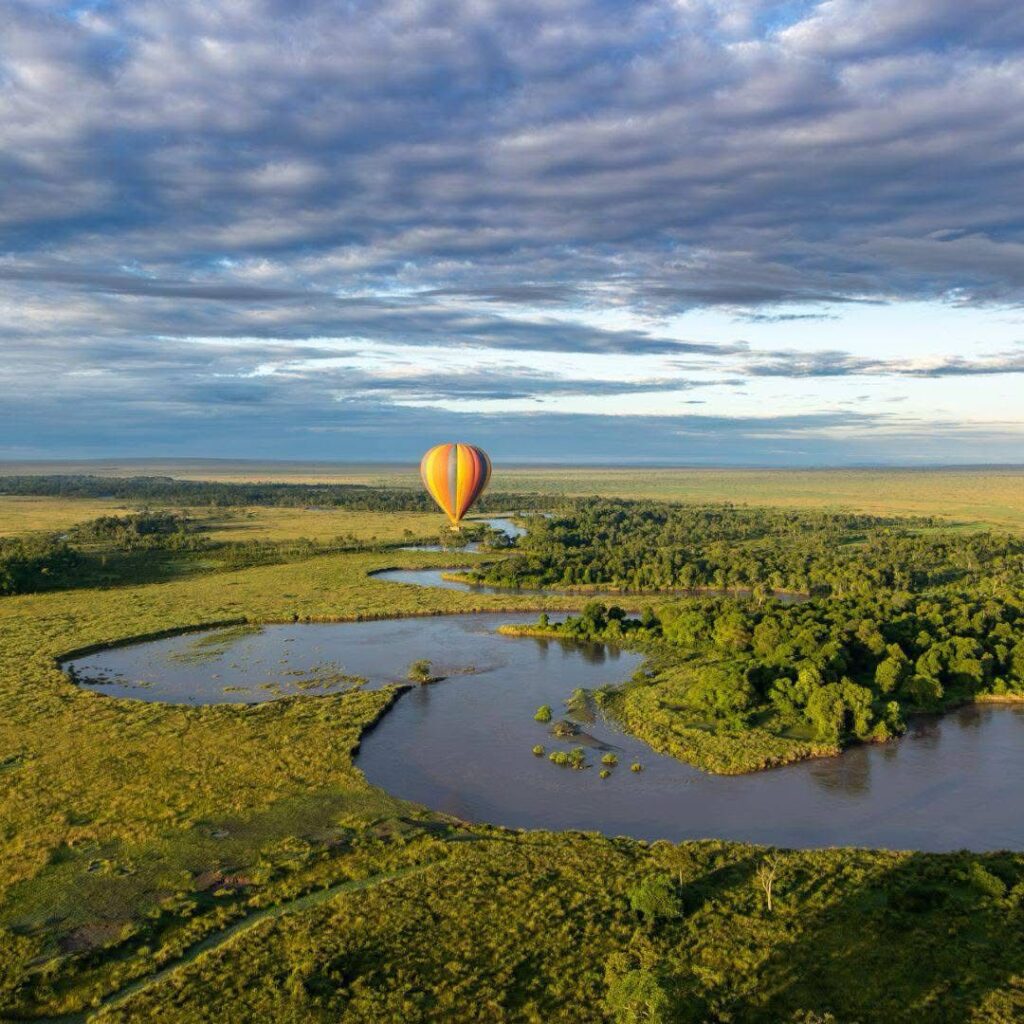
Amboseli National Park
History
Amboseli National Park is situated in the larger Loitoktok district in Kajiado County in the southern region of Kenya. It is 392 km squared in size, making it one of the largest parks in the country. The park is famous for its beautiful and vast landscapes, including the snow-capped peaks of Mt. Kilimanjaro. With such breathtaking scenery, it naturally provides a picturesque backdrop with its variety of different acacia trees, woodlands, marshes and open grasslands. The park is home to 4 of the big five (lion, leopard, elephant and buffalo) and is best known for its humongous number of elephants. In a good sighting, one can observe herds of up to 58 families. The open grasslands make it easier for tourists to spot the large numbers of elephants grazing.
203.5 Km
Distance North from Nairobi
4 of 5
Number of the Big 5 Available
392 km Sq
Area Covered
Wildlife Variety
The park boasts of different varieties of predators like cheetahs, lions, leopards and spotted hyenas. The diverse herbivores in the park include The Masai giraffes, blue wildebeests, cape buffaloes, zebras, and over 40 species of antelopes, i.e. impalas, gazelles, elands and kudus. Birding in Amboseli is a famous activity in the park. With over 400 species of birds, some of the most visible birds include Marabou storks, flamingoes, crowned cranes, pelicans, Fish eagles, African skimmers, red and yellow bishops and palm nut vultures.

Activities within Amboseli National Park

Hot Air Balloon Safari
Gives you a magnificent view of the park from a bird’s eye view

Community Tour Visits
Tourists interact with Masai residents and learn of their culture and guided safari walks where tourists are able to view the small wildlife from a close range.

The Best Time to Visit
The best time to visit the park is from January to February and from July to October since, at this time of the month, the animals are usually around water sources and are easily spotted. Guests should avoid visiting around April, May, and June when it rains heavily because it gets muddy and the roads are impassable.
